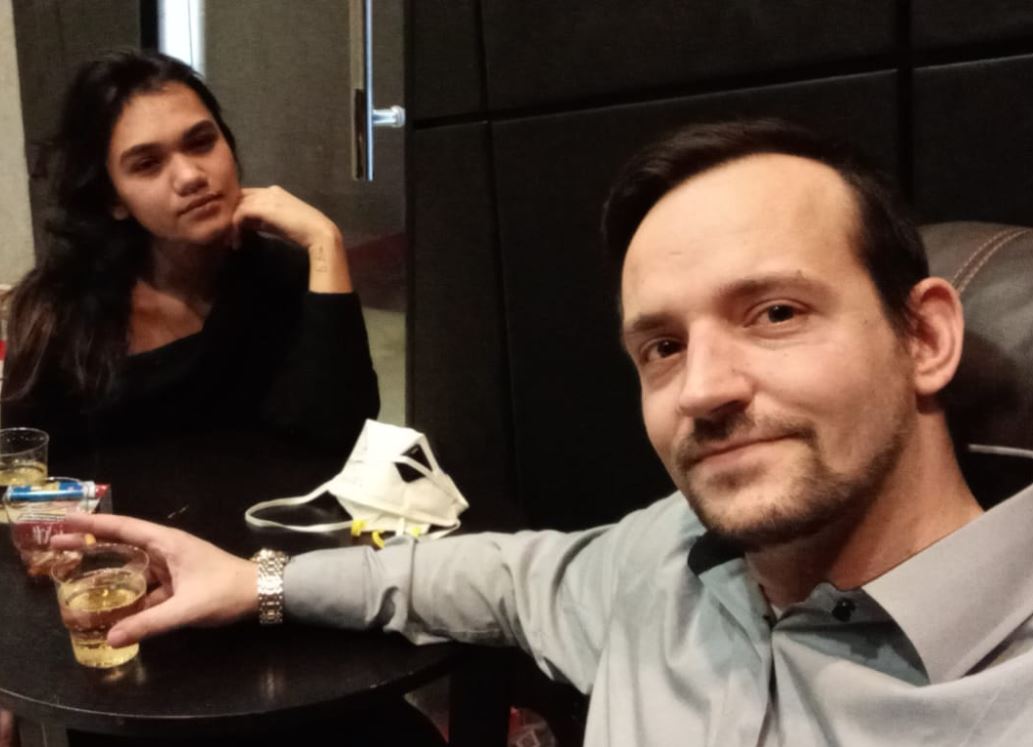Trump's promise to the Ukraine War: reality and time beam
In our article, how Donald Trump promises to end the war in Ukraine meets reality. An overview of the developments of the past two months.
Trump's promise to the Ukraine War: reality and time beam
In the past two months, the United States has conducted talks with both Ukraine and Russia - separately - to fulfill one of President Donald Trump's most important election promise: to end war in Ukraine. During his election campaign, Trump had repeatedly emphasized that he would end the war within 24 hours of taking office if he was elected president. But almost two months after taking office there are no signs of a real breakthrough.
Trump's setbacks in the peace mission
Trump withdrew his promise-initially he extended the deadline for six months, then he said that he was "a little sarcastic" with the 24-hour time frame. In a recent interview with Newsmax, the President expressed that Moscow may have "hesitated" when it comes to a ceasefire agreement.
Support for Ukraine and Russia's conditions
Trump has made it clear that Ukraine must agree to its strict approach if it wants to continue to receive military support from the USA. While Russia basically agrees to the US proposals for an armistice, it regularly "but" and "only if" what undermines any agreements.
chronology of conversations
Here has been an overview of the course of the ceasefire negotiations:
20. January : Trump is sworn in as President of the United States. During his election campaign, Trump had promised to end the war in Ukraine within a day.
12. February : Trump announces that he with the Russian President Wladimir Putin To discuss ceasefire agreements between Ukraine and Russia. It is the first known conversation between the two presidents since Trump's office in January.
The call marks a turning point in years of US foreign policy and surprises European allies. Russia has been war in eastern Ukraine since 2014 and started a comprehensive invasion in 2022.
later on the same day, Trump informs the Ukrainian President Wolodymyr Selenskyj about his conversation with Putin and his plans to terminate the war in Ukraine.
15. February : The White House announces that high-ranking civil servants travel to Saudi Arabia to to accept talks about the end of the war in Ukraine.
17. February: Kiev and its European allies disappointment about their exclusion from the conversations and emphasize that no agreement can be obtained from the negotiating table without the Ukraine. An emergency summit with European and NATO leaders is called in Paris
18. February: US Foreign Minister Marco Rubio meets the Russian Foreign Minister Sergej Lawrow Riad. National Security Advisor Mike Waltz and Trump's special representative Steve Witkoff also take part in the first round of discussion, in which the head of the Kirill Dmitriev District Fund is also present with Russian officials.
After the talks, Rubio explains that “all sides” have to make concessions to end the war. In the meantime, Trump criticizes Selenskyj, who has declared that he will not accept an agreement that is made in his absence.
28. February : Selenskyj travels to the USA, where he sign . But the meeting ends in a chaotic dispute between Selenskyj and Trump, after Vice President JD Vance Selenskyj attacks and suggests that Ukraine should use diplomacy to end the war and not to be interested in peace.
The proposal from Vance surprises Selenskyj, and an unusually public dispute breaks out between the three leaders. The meeting ends with the request to Selenskyj to go early without signing of an agreement.

 Suche
Suche
